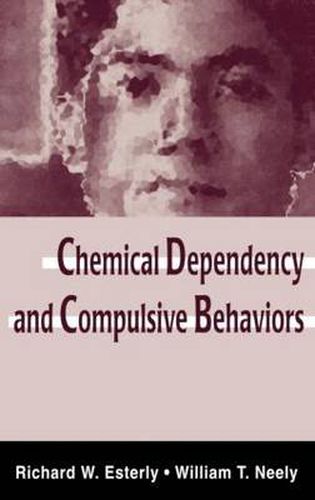Readings Newsletter
Become a Readings Member to make your shopping experience even easier.
Sign in or sign up for free!
You’re not far away from qualifying for FREE standard shipping within Australia
You’ve qualified for FREE standard shipping within Australia
The cart is loading…






There is concern and interest in the number of chemical dependents with co-existing compulsive behaviours. However, there is a lack of a theory that can explain the high prevalence of compulsive behaviours in chemical dependents, and more importantly, describe the treatment and recovery implications. The literature and professionals are divided with the counsellors/clinicians on one side and the researchers on the other. The authors of this book attempt to bridge this gap by bringing recent genetic/biochemical research to the counsellor/clinician in a way that should help them diagnose and treat their patients. It begins with the observation that chemical dependents experience a much higher prevalence of compulsive behaviours than the general population. The authors describe recent research that connects chemical dependency and compulsive behaviours to the underlying genetic/biochemical mechanisms, and provide examinations of the clinical implications of the model as well as case histories.
$9.00 standard shipping within Australia
FREE standard shipping within Australia for orders over $100.00
Express & International shipping calculated at checkout
There is concern and interest in the number of chemical dependents with co-existing compulsive behaviours. However, there is a lack of a theory that can explain the high prevalence of compulsive behaviours in chemical dependents, and more importantly, describe the treatment and recovery implications. The literature and professionals are divided with the counsellors/clinicians on one side and the researchers on the other. The authors of this book attempt to bridge this gap by bringing recent genetic/biochemical research to the counsellor/clinician in a way that should help them diagnose and treat their patients. It begins with the observation that chemical dependents experience a much higher prevalence of compulsive behaviours than the general population. The authors describe recent research that connects chemical dependency and compulsive behaviours to the underlying genetic/biochemical mechanisms, and provide examinations of the clinical implications of the model as well as case histories.